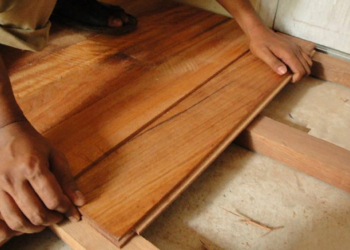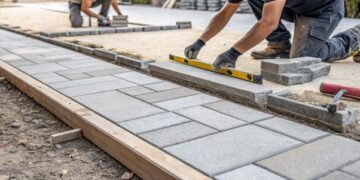Recently, the monolithic method of construction is most popular in the construction of multi -storey high -altitude facilities. By name, it is obvious how the structures are being built. For this, reinforced concrete is used, but not the finished shape of the manufacturer, but the construction at the place of construction. T.e. With the help of formwork. So called the design in the form of a box, which is filled with concrete. After drying the form, the formwork is dismantled. The purpose of this design is to create the size and shape of the concrete structure in accordance with the projects. Any formwork should be very strong to withstand the weight of the filler, simple and not bulky in assembly and disassembly. From ancient times, wood has been used for the manufacture of formwork. Previously, it was shot down from the boards, and now manufacturers produce special prefabricated shields for construction organizations. But the most effective is a metal formwork that can be used many times on objects of different complexity. Metal formwork compared to a similar wood design has a number of advantages. For example, the material from which the formwork is made is non -hygroscopic, resistant to deformation, is more simple in installation and is used due to its flexibility to solve the most original projects. In order for the metal formwork to serve as long as possible, its surface should be smooth enough to minimize the coupling with concrete, the shields must fit tightly to each other to avoid the flow of concrete and the formation of the margins in the finished form. The use of metal formwork guarantees high -quality work when erecting walls, ceilings or columns.
Now for the construction of large monolithic structures, non -shaped formwork is also used, which is more often made of polystyrene foam, which plays the role of finishing material. The production of such formwork is not yet highly developed, as a result of which it has a high price.
















